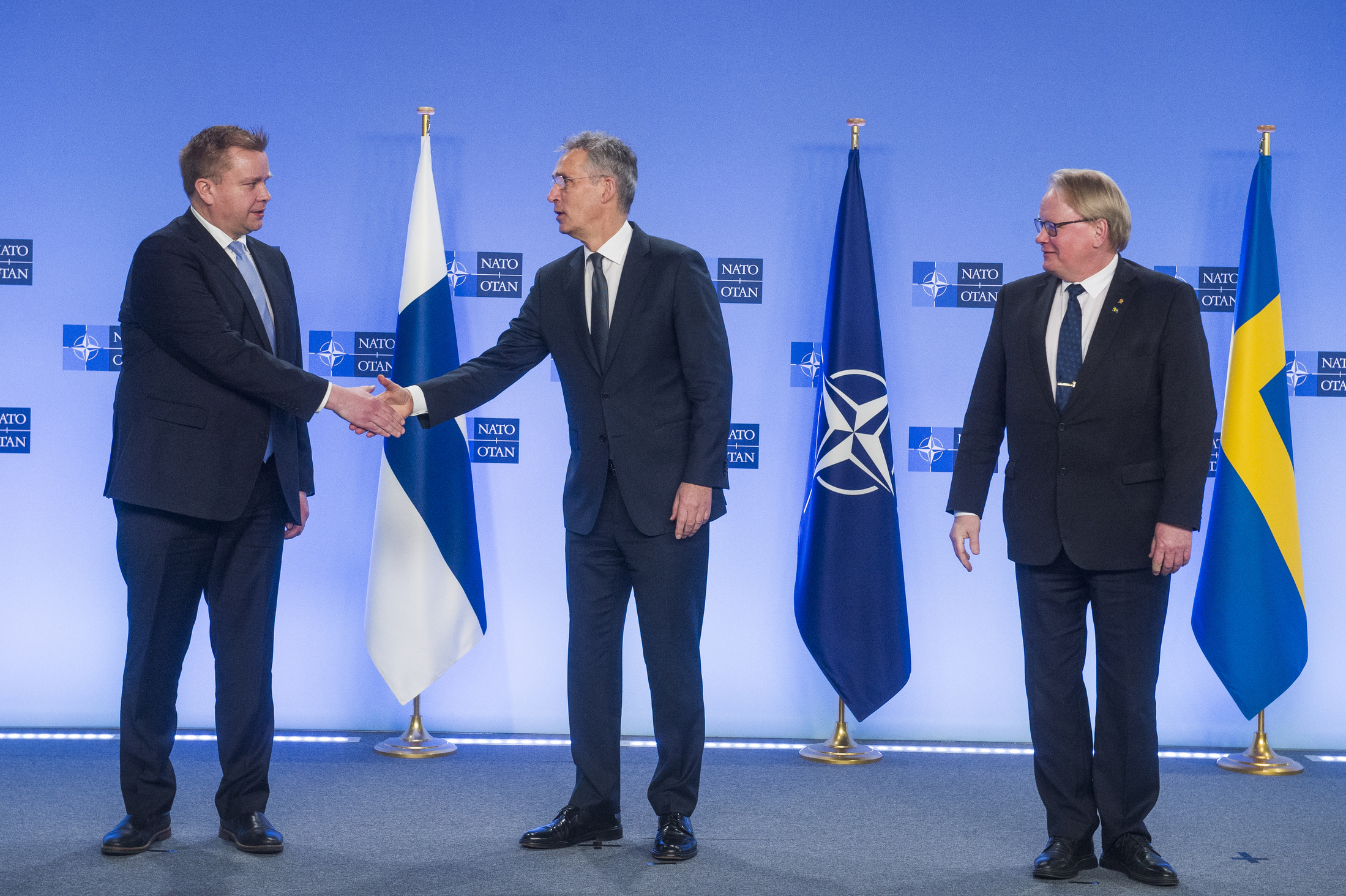
Finland will join NATO on Tuesday, completing a momentous shift in security policy precipitated by Russia’s invasion of Ukraine, while neighbor Sweden remains in the wings. Finland will be welcomed as the military alliance’s 31st member with a flag-raising ceremony at NATO headquarters on the outskirts of Brussels, attended by Finnish President Sauli Niinisto and cabinet leaders.
“It will be a good day for Finland’s security, for Nordic security, and for NATO as a whole,” NATO Secretary-General Jens Stoltenberg told reporters on Monday.
The incident marked the end of an era of military non-alignment for Finland, which began after the country rejected a Soviet Union invasion attempt during World War II and chose to retain good relations with neighboring Russia.
But, Russia’s recent invasion of another neighbor, Ukraine, which began in February 2022, spurred Finns to seek protection under NATO’s collective defense pact, which specifies that an attack on one member is an attack on all.
Sweden witnessed a similar shift in defense thinking, and Stockholm and Helsinki jointly applied to join NATO last year. Nevertheless, NATO countries Turkey and Hungary have stymied Sweden’s application.
When both countries approved Finland’s application last week, the final formal stage in Helsinki’s journey will take place in Brussels, when Foreign Minister Pekka Haavisto hands over his country’s accession papers to US government officials. Before the conference of NATO foreign ministers, Finland’s flag will be raised alongside those of the alliance’s 30 other member countries outside NATO headquarters.
NATO now borders Russia
Finland’s admission nearly doubles the length of NATO’s frontier with Russia. In response to Finland’s membership in NATO, Moscow announced on Monday that it will bolster its military capacity in its western and northwestern territories.
Long before Finland formally joined the alliance, its military services were gaining a stronger relationship with NATO and its members. According to the Finnish defense forces, NATO surveillance flights by the US and other partner air forces have already begun to circulate in Finnish airspace. On March 24, air force chiefs from Sweden, Norway, Finland, and Denmark announced the signing of a letter of intent to establish a unified Nordic air defense to fight Russia’s growing threat.
“We would like to see if we can integrate our airspace surveillance more, so we can use radar data from each other’s surveillance systems and use them collectively,” Major General Jan Dam, commander of the Danish air force, told Reuters.
Finns enjoying the spring sunlight in downtown Helsinki on Monday expressed relief that the NATO membership process will soon be completed, though some expressed doubts.
“I feel maybe a little conflicted about joining NATO because I’m not the biggest fan of NATO but at the same time even less a fan of Russia,” said Henri Laukkanen, a 28-year-old financial assistant.
Sweden’s NATO membership was delayed by Turkey and Hungary’s opposition
Finland and Sweden had stated their intention to join NATO “hand in hand” to maximize mutual security, but that plan broke apart when Turkey refused to support Stockholm’s application. Turkey claims Stockholm harbored members of terrorist organizations, which Sweden denies, and has sought their extradition as a condition for ratifying Swedish membership.
Hungary is also delaying Sweden’s membership, citing complaints over Prime Minister Viktor Orban’s democratic record. Yet, NATO diplomats believe that if Turkey moves, Budapest will approve Sweden’s offer. They are hoping that Turkey will move following the May presidential and parliamentary elections. Stoltenberg stated that he is “absolutely confident” that Sweden will join NATO.
“It’s a priority for NATO, for me, to ensure that happens as soon as possible,” he said.






